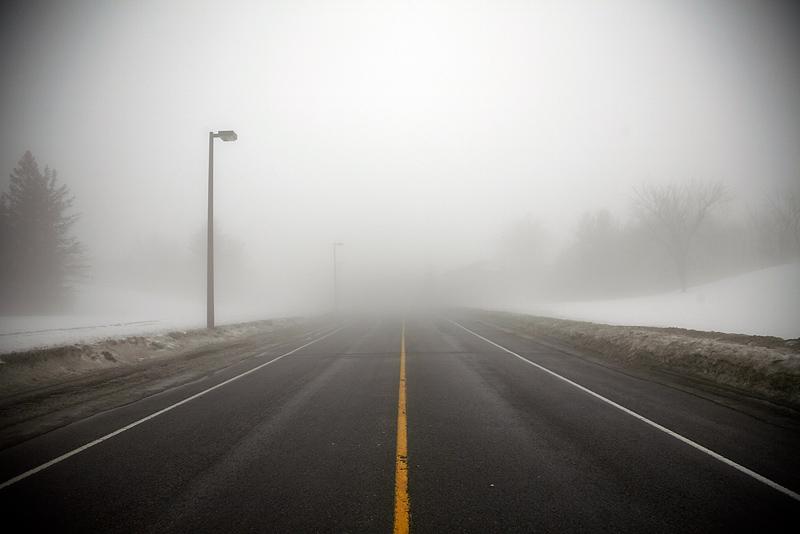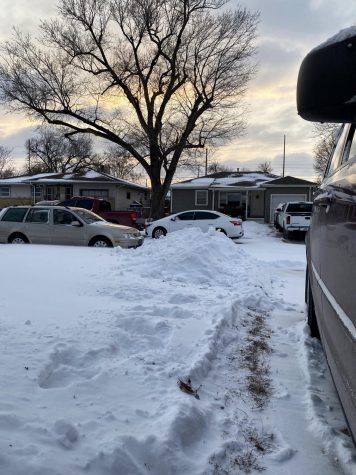Slick roads and scared Sturdivants
They’re slick, icy, snowy, and dangerous. Tatum Sturdivant and her father know first hand that winter roads are a common obstacle drivers have.
“My father and I were leaving Goodwill on Central and he turned into a back road,” Sturdivant said. “As we approached [a] stop sign, there was a huge patch of ice on the road.”
It was 11:30 in the morning on Dec. 8. The roads were icy from the six-degree night they had before.
“My dad tried stopping but he couldn’t,” Sturdivant said. “And then he was like freaking out and then a car was coming towards us while we were sliding on the road into traffic.”
She was worried no one would be able to contact her brother when it was over.
“Then my dad pushed on the gas and we were alive,” Sturdivant said. “But the other truck flipped us off, rolled down the window and cussed us out.”
Tatum was relieved when it was over because she knew she could see her brother and the rest of her family again.
A lot of people have been in a situation like this. To keep from getting in a jam during potentially dangerous driving conditions:
Keep an ‘In case of emergency’ kit in your car. Some things to have in your kit are, a blanket, hand warmers, extra gloves, a small shovel, and cat litter (to give your tires extra traction if you get stuck in the snow). Also it’s good to have a jug of water and maybe some granola bars in case you get stranded, a first-aid kit, flares, jumper cables, de-icing spray, flashlight, pocket knife, and some way to call for help, like a cell phone or pager.
Make sure your windshield wipers are in good wiping condition. Rain or snow can build up on your windshield and can cause an obstruction of your view.
Reduce your driving speed. When roads are icy your tires aren’t in full contact with the road, causing less traction and ultimately causing you to slide and lose control.
Keep more space than usual between you and the cars around you. Following the four to ten second rule should provide sufficient amount of time for you to slow down in time, depending on your speed.
Keep your vehicle well ventilated. The car heater turned up full can quickly make you drowsy.
If you get stuck in snow do not rev your engine to try to power out of the rut. It will just make the rut worse. Instead, move your vehicle slowly backwards and forwards out of the rut using the highest gear you can. If this doesn’t work, you may have to ask for a push from a person passing or get your shovel out.
Fog tends to happen more during winter or summer. It happens when the air rapidly cools, causing condensation to form. It can block your view of the road and things around you; it also muffles and distorts sound. So when driving in fog take extra care and use low beam headlights.
When winds are strong, hold on. Winds can cause your car to sway if you aren’t careful. So hold on to your steering wheel nice and tight and keep your eyes on the road, as usual, to keep from steering off the road or losing control.
If you follow these tips your drive should be safe and successful. If you should get into a scary situation, the most important thing is to not panic and keep warm.





